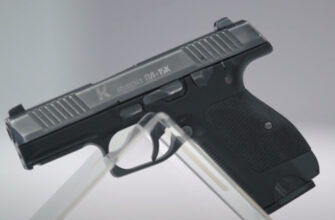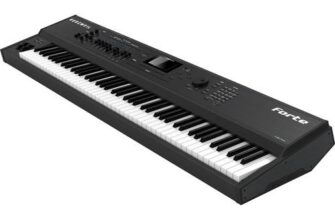Since ancient times, open space has attracted man to itself. The cold brilliance of distant planets, constellations and comets – all these and many other delights of outer space are of great interest to all of us. However, it is not possible to see all the beauty of the distant world with our own eyes: everything that we see is myriad of small dots in the dark night sky. And in order to examine them more closely, it is necessary to resort to the help of special devices – telescopes. Initially used in planetariums and various observatories, by now they have become widespread among amateur astronomers who prefer to observe the open sky while sitting in their favorite home chair.

- The best manufacturers. Which telescope to choose?
- Specificity of the device and types of telescopes
- Refractive telescopes
- disadvantages
- Reflector telescopes
- disadvantages
- Catadioptric telescopes
- disadvantages
- Selection options. What to look for when choosing a telescope?
- Periscope lens inner diameter
- Telescope focal length
- The degree of approximation and magnification of the device
- Stand type and design
- How to choose a telescope for a specific application?
- Choosing a telescope for the amateur
- Choosing a telescope for beginners
- Choosing a telescope for a child
- Criteria for choosing a telescope for observing planets
- Telescope Selection Video
The best manufacturers. Which telescope to choose?
Telescope production is currently being mastered by many different manufacturers. On sale you can find various models, ranging from budget amateur devices to professional models that provide ideal image quality and picture completeness. Traditionally, devices are considered the best, the main functional elements and optics of which are made by the world's leading manufacturers, and therefore the best brands producing devices of this class traditionally include:
-
Bresser;
-
Celestron;
-
Skywatcher;
-
Veber;
When comparing preferred devices with each other, it is necessary to rely not only on a series of technical characteristics and functional features, but also on the operating experience of specific users who have had time to test the device in practice. It is the reviews posted on thematic forums on the Internet that can identify hidden moments that many manufacturers are modestly silent about.
Specificity of the device and types of telescopes
A modern telescope is a very specific optical device with great functionality and is designed for stationary observation of objects that are observing objects far from the observing person. Structurally, telescopes vaguely resemble a telescope made in a larger size. At one end of the device there is an eyepiece through which observation is carried out, and at the opposite end there is a powerful light-collecting lens and a sensitive lens with a mirror surface and a spherical concave shape. In addition, the most advanced models can be equipped with special finders that allow you to navigate in space and find constellations of interest, different strengths of light filters that allow you to neutralize the excessively bright glow of individual space objects, as well as many other functionalities and 'chips'.
Currently, there are a great many different telescopes on the market, one way or another belonging to the main groups.
Refractive telescopes
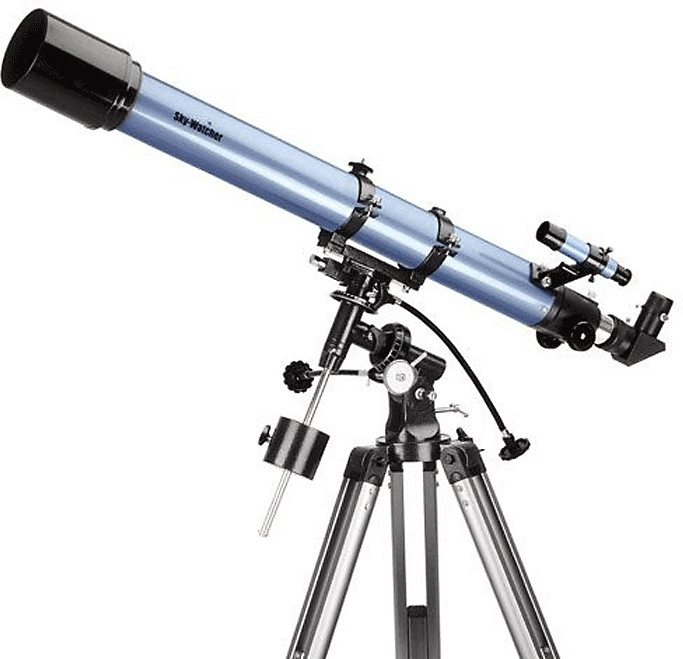
Devices of this type are among the most budgetary models and are perfect for newly minted astronomers. The principle of operation of such devices was invented thousands of years ago and, with some changes, is used to this day. It is based on 4-7 biconvex lenses, evenly distributed inside the body. Depending on the lens design – apochromatic or achromatic, the user gets the opportunity to observe a flat or three-dimensional image. The latter resembles a telescope and has a compact size, and a tripod is almost always used to fix it.
Advantages
-
Low cost;
-
High tightness and the ability to operate in various conditions;
-
Simple and unpretentious design;
disadvantages
-
Quite bulky and heavy;
-
Small own diameter, even the most functional models rarely exceed 140-160 millimeters;
-
Poorly applicable for urban use;
Reflector telescopes
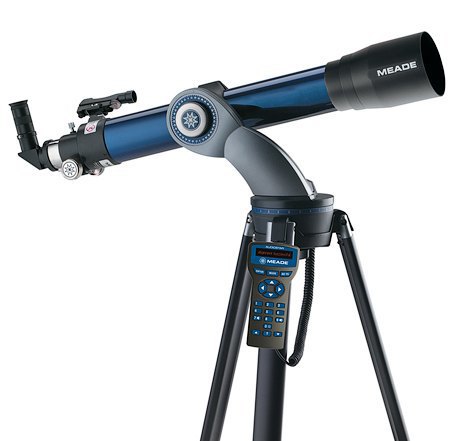
They differ from refractory models in the principle of operation: in devices of this type, not lenses are used to obtain an image, but biconvex mirrors installed at different ends of the device. Thanks to this feature, the luminosity of the device is significantly increased, which makes it possible to study distant galaxies and constellations.
Advantages
-
Simple construction;
-
Sufficiently large diameter of the lens (can reach 380-400 mm), which has a positive effect on the quality and sharpness of the image;
-
Small overall dimensions and weight;
-
Ability to observe distant galaxies;
-
Low cost;
disadvantages
-
The complexity of the initial setup and operation;
-
Temperature extremes are critical;
-
Open design allows dust and dirt to enter;
-
Weakly applicable for observing nearby planets;
Catadioptric telescopes

To some extent, these devices can be called a symbiosis of the above types – both lenses of various designs and biconvex mirrors are located inside the body of such a device. This made it possible to achieve the possibility of studying both nearby and distant galaxies with the same efficiency and to obtain a clear volumetric and contrast image at the output, devoid of distortions and defects, thanks to the presence of special correcting modules.
Advantages
-
The highest quality, clear and contrasting image;
-
The lens diameter can be up to 450 millimeters, which directly affects the capabilities of the device;
-
Versatile and functional;
disadvantages
-
High price;
-
Complex structure, critical to quality service and operating conditions;
Selection options. What to look for when choosing a telescope?
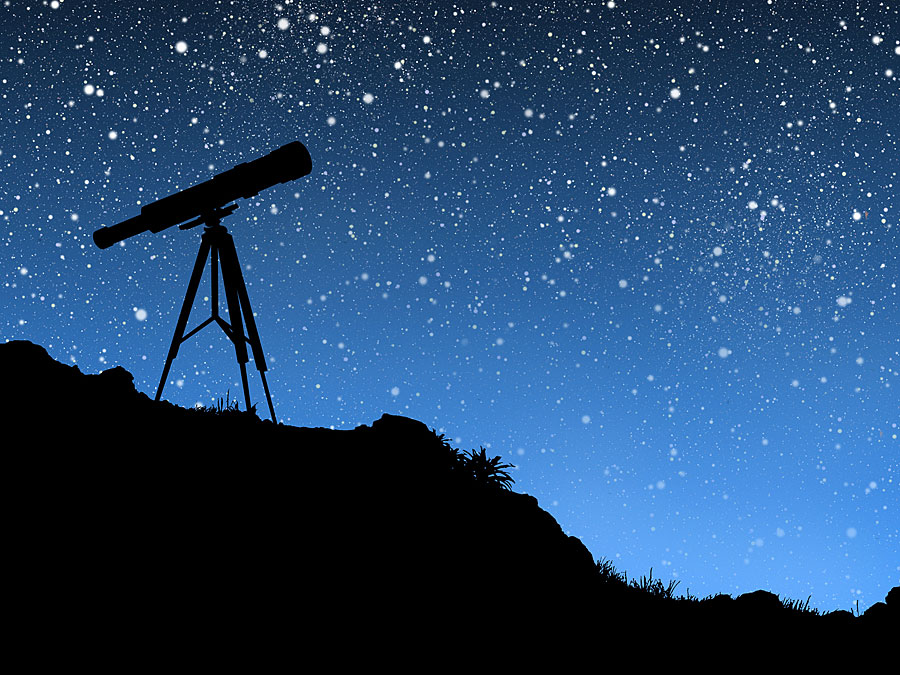
Having decided on the specific objects that interest you the most, as well as the budget that you are ready to spend on buying a telescope, you should familiarize yourself with the main technical characteristics of devices of this class, which should be given special attention.
Periscope lens inner diameter
Or aperture, as this parameter is otherwise called. The situation here is similar to that when choosing any other optical technique. The larger the diameter of the optics, the more reflected sunlight the device can collect and the higher its overall light sensitivity. In turn, this feature has a positive effect on sharpness, contrast and overall image quality:
-
For operation in urban conditions and under strong illumination of the night sky, devices with an aperture of up to 100 millimeters are sufficient;
-
To observe nearby planets, you should choose devices with an aperture of 150-200 millimeters;
-
For monitoring distant constellations and galaxies, it is best to prefer devices with an aperture of 250 millimeters and above;
Telescope focal length
This parameter denotes the length measured from the outermost optical lens to the eyepiece, in which the light rays are again combined into one common stream. The higher this distance, the sharper, clearer and more contrasting the picture will be as a result. The reverse side of the coin is the total length of the telescope and the resulting difficulties in storage and transportation. However, this rule does not apply to catadioptric telescopes, in which the light flux is not located along one straight line, but is refracted many times. This allows for near-perfect images in a relatively compact body.
The degree of approximation and magnification of the device
As in any other optical technique, this parameter shows the ability of the periscope to bring the observed objects closer. For the best periscopes, this parameter is almost always in the range from 5 to 40x. It is of great importance only when observing nearby celestial bodies; when hunting for distant galaxies, the meaning and importance of multiplicity as a parameter is lost. It is not difficult to calculate this parameter: all you need is to know the parameters of the focal length of the telescope and eyepiece and divide one value by another.
Stand type and design
It may seem to an uninformed person that the design of the stand does not play any role, but in fact, the ease of use and the ability to quickly navigate in space and find interesting celestial objects depend on it. There are three main types of stands:
-
The azimuth tripod is the simplest one, it is equipped with inexpensive budget-class devices. Allows you to adjust the telescope horizontally and vertically. The main advantage of such a stand is the ease of use and installation;
-
Equatorial is a more complex structure that allows you to align the telescope in coordinates. It is popular among fans of observing distant constellations, as well as among those who practice space photography;
-
The Dobson system is the third type of supports, which is a kind of compromise and symbiosis between the two above types. Its functionality is close to equatorial devices, however, in terms of ease of operation, such models are not inferior to their azimuthal counterparts.
How to choose a telescope for a specific application?

Choosing a telescope for the amateur
Amateur telescopes are entry-level devices that are great for observing both nearby and distant galaxies. As a rule, these are long-focus reflex telescopes with an aperture of 150-200 millimeters and a degree of approximation of the order of 20x-25x. The stand is an azimuth-type tripod that allows you to observe the stars from anywhere;
Choosing a telescope for beginners
Telescopes that are positioned as devices for beginner astronomers have similar characteristics. There is no point in buying expensive models: a high-quality short-focus refractor telescope with an aperture of about 100-120 millimeters and a magnification of 10-15x. The support system is azimuthal, however, in order to be able to observe the stars in nature, it is best to purchase a Dobson system.
Choosing a telescope for a child
In order to please the young astronomer, you should purchase a compact refractor telescope with an aperture of about 70-100 millimeters. In the catalogs of many manufacturers, you can find special 'children's' series of devices that cope with the functions assigned to them in the best possible way. If the kid loves to take pictures, it makes sense to buy a separate photo adapter that allows you to connect a camera and photograph space.
Criteria for choosing a telescope for observing planets
In order to get a high-quality picture and be able to observe distant planets, it is best to resort to the help of more expensive catadioptric telescopes, fixed using the Dobson system. The aperture of such devices can be up to 380-400 mm, and the focal length can reach 600-1000 mm.
In the following articles, our experts will tell you how to choose a microscope and the secrets of choosing a filter for your aquarium.
Telescope Selection Video
Attention! This material is the subjective opinion of the authors of the project and is not a purchase guide.






